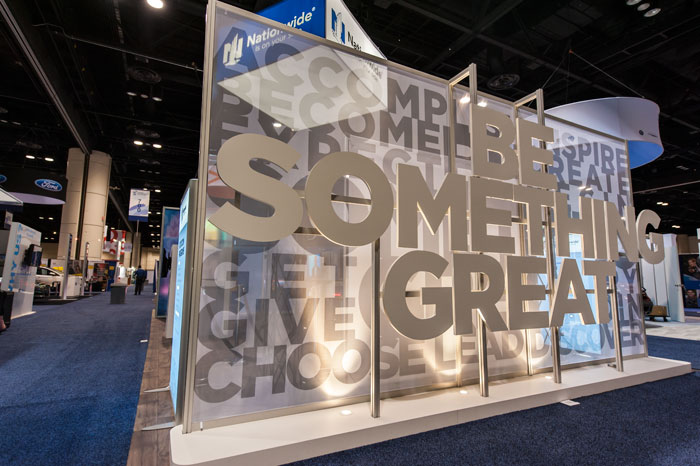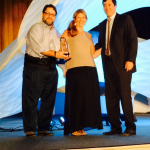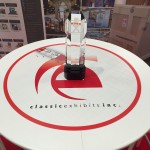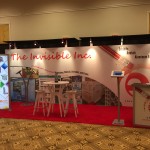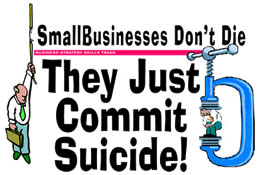Some marketers will hint at it. Others will grumble. Then there are the ones who are honest. They simply don’t understand trade show marketing. That’s not surprising. It’s rarely taught on the undergraduate or graduate level. At best, it’s mentioned in passing in a textbook. I know. After earning an MBA, I went to work for an exhibit builder. On Day 1, I was clueless.
I’d love to say that trade show marketing is marketing but that’s not entirely true. It’s odder, less compact, and more unpredictable than other forms of marketing. And, depending on the company, it can be more difficult to measure results.
3D vs. 2D
Marketing has traditionally been 2D: print and television, brochures, websites, etc. It’s also been static and somewhat controllable. Trade show marketing or face-to-face marketing is as much about human interaction as the message or the branding. It’s about creating conversations, before, during, and after the show. Then there’s the booth design. That’s outside most marketers’ comfort zone and the dollars involved make it even scarier. It’s easy to panic when the costs begin to hit six digits for even a modest island exhibit.
Variable Measurements
Unlike print, television, or web ads, there are no standards or no reliable source for subscriptions, ratings, or clicks. Counting leads works, but it’s a crude measurement. More sophisticated exhibitors track pre-show promotions, leads, and sales through the entire sales channel, but they are the exception.
Competitors
 Trade shows are truly a competitive sport when it comes to marketing. It’s the one time you and your competitors are all in the same room, all vying for the attention of the same audience. You see what they’re doing… and vice versa.
Trade shows are truly a competitive sport when it comes to marketing. It’s the one time you and your competitors are all in the same room, all vying for the attention of the same audience. You see what they’re doing… and vice versa.
Uncontrollable Variables
No one likes unpredictability when it comes to their marketing campaign and implementation. Yet, despite one’s best efforts, trade shows can be chaotic. Freight doesn’t arrive on time. Items are broken. Flights are cancelled. An exhibitor on the far side of the exhibit hall is giving away beer and sandwiches. The exhibitor nearest you has their music so loud you can’t talk to potential clients without shouting.
Unfamiliarity/Knowledge
Most medium-sized companies participate in two to five trade shows per year. Some as few as one. That makes it challenging to become an expert quickly. Plus, each show may not only have a different audience, but also different rules, layout, and resources. Too often, when the internal “expert” understands how to maximize the company’s trade show efforts, that person is assigned to other responsibilities. Then someone new has to start fresh.
Sales and Marketing
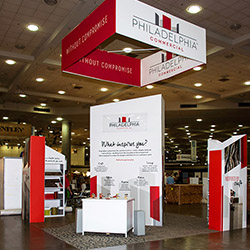 Before, during, and after a trade show, sales and marketing must be partners at dance. You’re a team. Face-to-face marketing requires sales skills and marketing expertise perfectly choreographed. And no matter how much sales and marketing claim to play nice, there’s always a wall at most companies. It’s that wall that dooms most exhibitors from fully benefiting from their trade show program.
Before, during, and after a trade show, sales and marketing must be partners at dance. You’re a team. Face-to-face marketing requires sales skills and marketing expertise perfectly choreographed. And no matter how much sales and marketing claim to play nice, there’s always a wall at most companies. It’s that wall that dooms most exhibitors from fully benefiting from their trade show program.
So how do you become an expert at trade show marketing?
- Go to trade shows as often as possible as an attendee. Ask questions and listen to what works and what doesn’t. Plus, be willing to take classes at industry events about trade show marketing, even if you goal isn’t to become a trade show certified manager.
- Rely on your local trade show professional. If they only know how to sell you a display, but not how to succeed at trade show marketing, then find someone else.
- Tap into industry consultants. These folks know how to avoid the potholes and the meandering paths so often taken by trade show exhibitors. You can find them in LinkedIn, Google, or by simply asking your local vendor.
- Plan to succeed. Create a comprehensive plan that targets pre-show, show, and post-show marketing and put specific goals in place for each one.
–Mel White
mel@classicexhibits.com
http://www.linkedin.com/in/melmwhite
https://twitter.com/melmwhite
**********************************************
Based in Portland, Oregon, Classic Exhibits Inc. designs and manufacturers portable, modular, and custom-hybrid exhibit solutions. Classic Exhibits products are represented by an extensive distributor network in North America and in select International markets. For more information, contact us at 866-652-2100 or www.classicexhibits.com.
[subscribe2]




